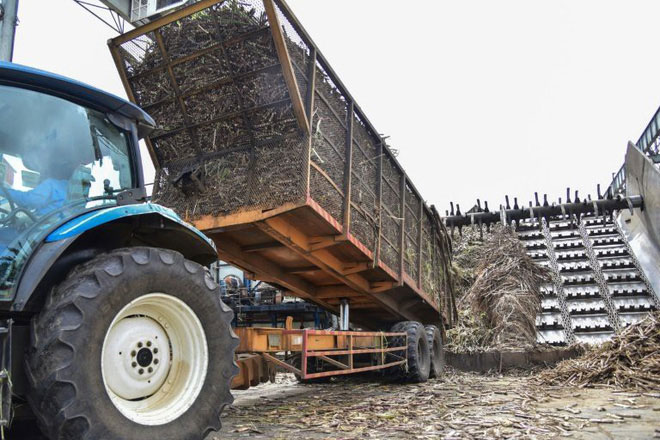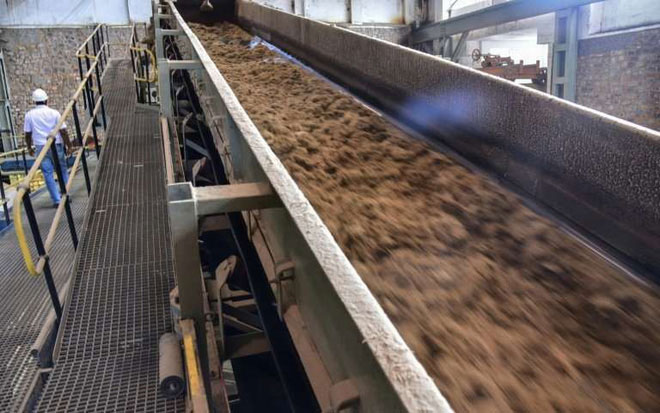Can you believe it? 60% of the island's total electricity production is made from bagasse
Throughout the island nation of Mauritius, people had to rely on imported gasoline to generate electricity, lighting the nation. Everyone knows that life will be very precarious if it relies entirely on foreign resources.
Those who hold power in Mauritius understand the uncertain future, have devised a multi-step plan to ensure that Mauritius's people can continue to live during the upcoming resource shortage.

The island of Mauritius has produced biomass fuel that meets 14% of Mauritius's electricity demand.
They are investing heavily, besides wind and water. They rely on a key industrial tree available on the island, which is sugarcane. At the moment, Mauritius's sugarcane has generated biomass fuel that meets 14% of Mauritius's electricity demand.
In the remote island, about 60% of electricity is generated by 4 large sugarcane companies, each with its own biomass power station, burning bagasse to generate electricity.
According to the news published by Phys.org, the energy factory also collects carbon dioxide, which is released during the combustion of bagasse, to "add to the factor of sizzling into carbonated beverages". It is possible to apply the advancements of the island of Mauritius to other regions, as the fuel price is increasing and the fuel itself is getting smaller and smaller.

Bagasse is transferred to the thermal power plant.
"The government's goal is to increase the rate of renewable energy utilization by 35% by 2025," Mauritius's deputy prime minister and energy minister, Ivan Collendavelloo, told Phys.org.
"The 35% figure is not far away; next year, we will have about 11 solar production areas and at least two areas that collect wind energy."
- Manufacturing diesel oil from bagasse
- Future electricity production technologies
- Electricity production by artificial leaves
- Turtle Island - Colon Islands
- The last chance to visit these 12 islands before it completely disappears
- The era of home fuel production
- Reduce thirst for electricity with coconut
- Made electricity from pants
- The new invention could turn urine into electricity
- Russia promotes the construction of a power station from the universe
- Germany set the record for producing the most solar electricity in the world
- Production of geothermal electricity is cheap and clean
 Is the magnetic North Pole shift dangerous to humanity?
Is the magnetic North Pole shift dangerous to humanity? Washington legalizes the recycling of human bodies into fertilizer
Washington legalizes the recycling of human bodies into fertilizer Lightning stone - the mysterious guest
Lightning stone - the mysterious guest Stunned by the mysterious sunset, strange appearance
Stunned by the mysterious sunset, strange appearance